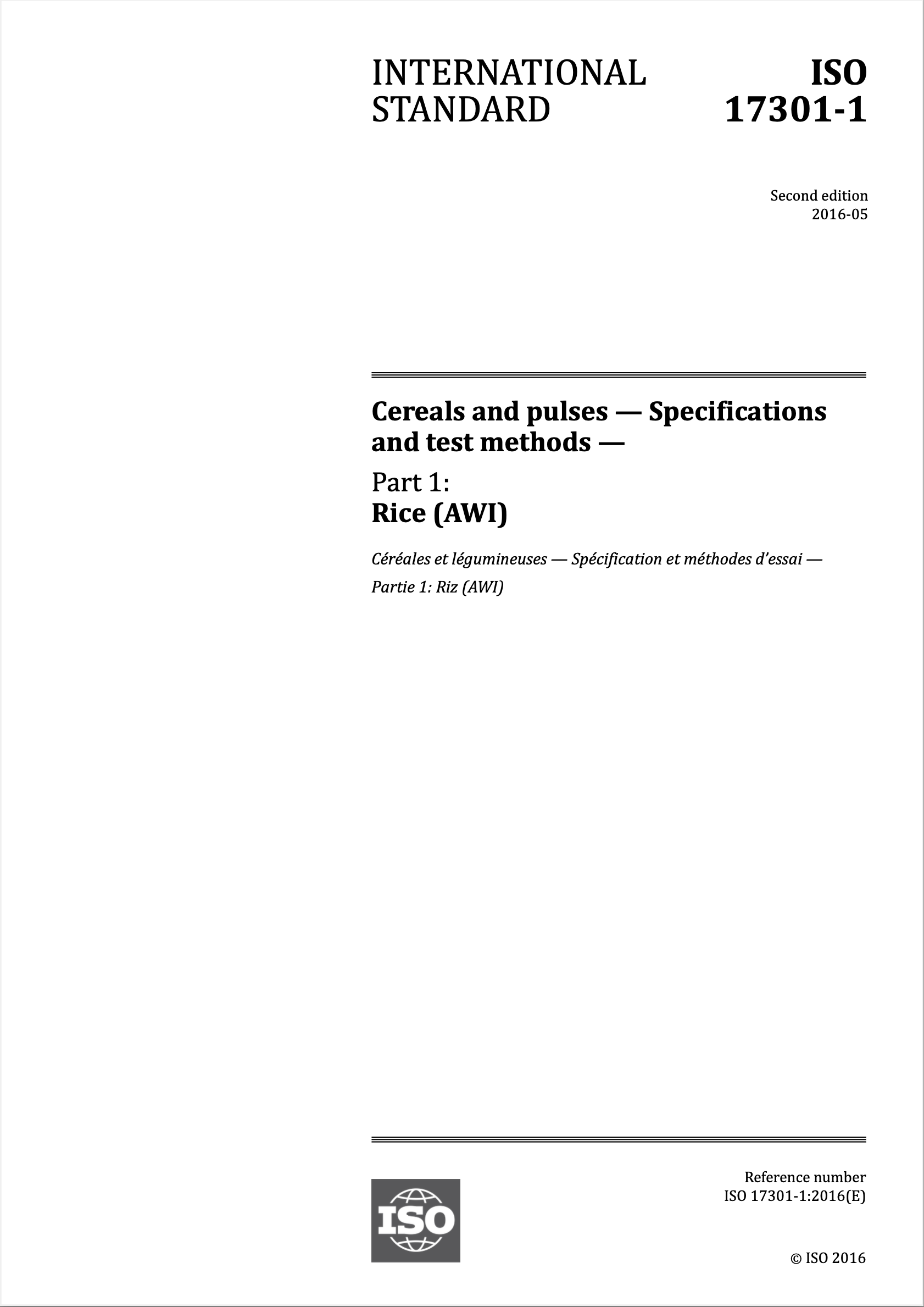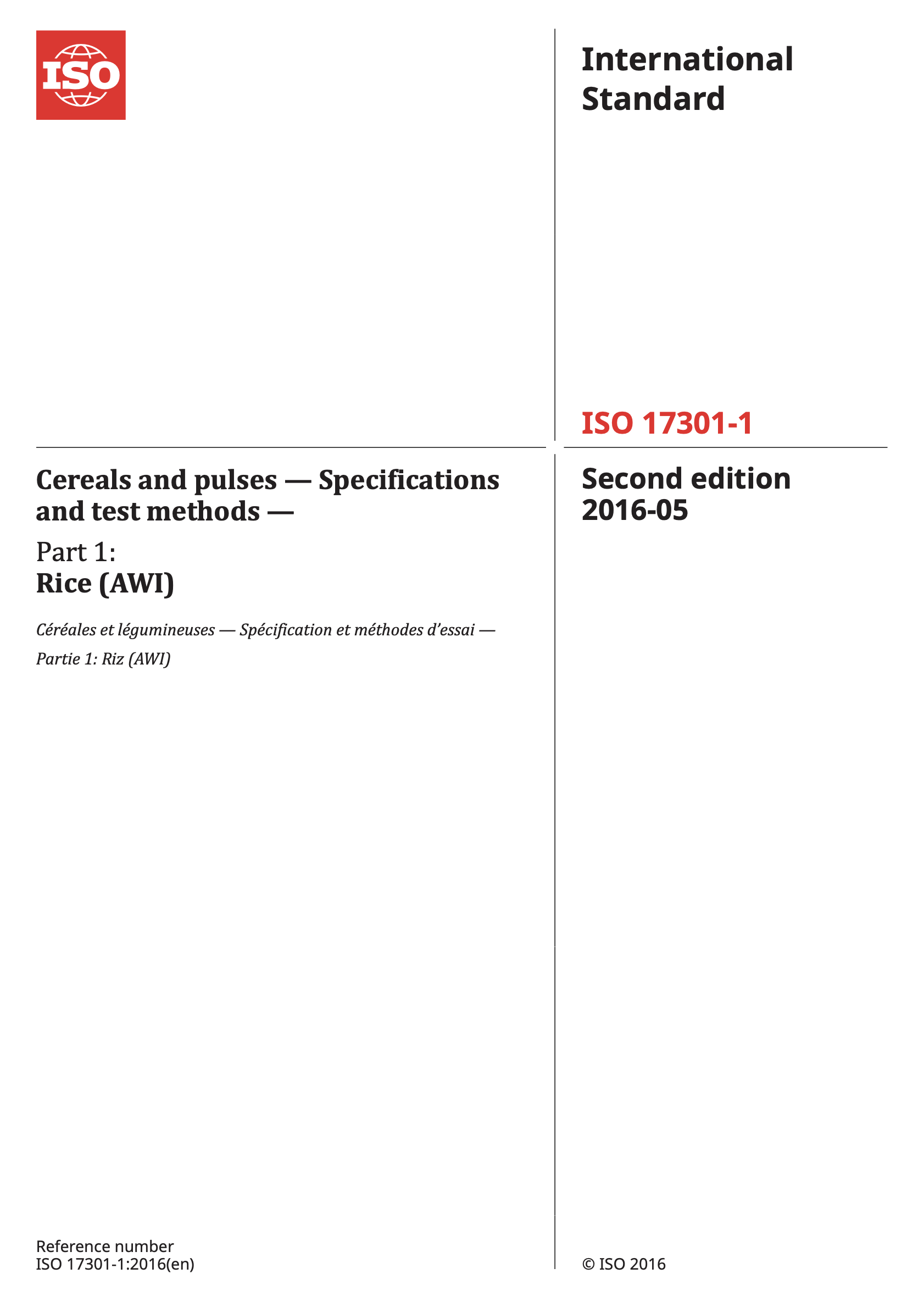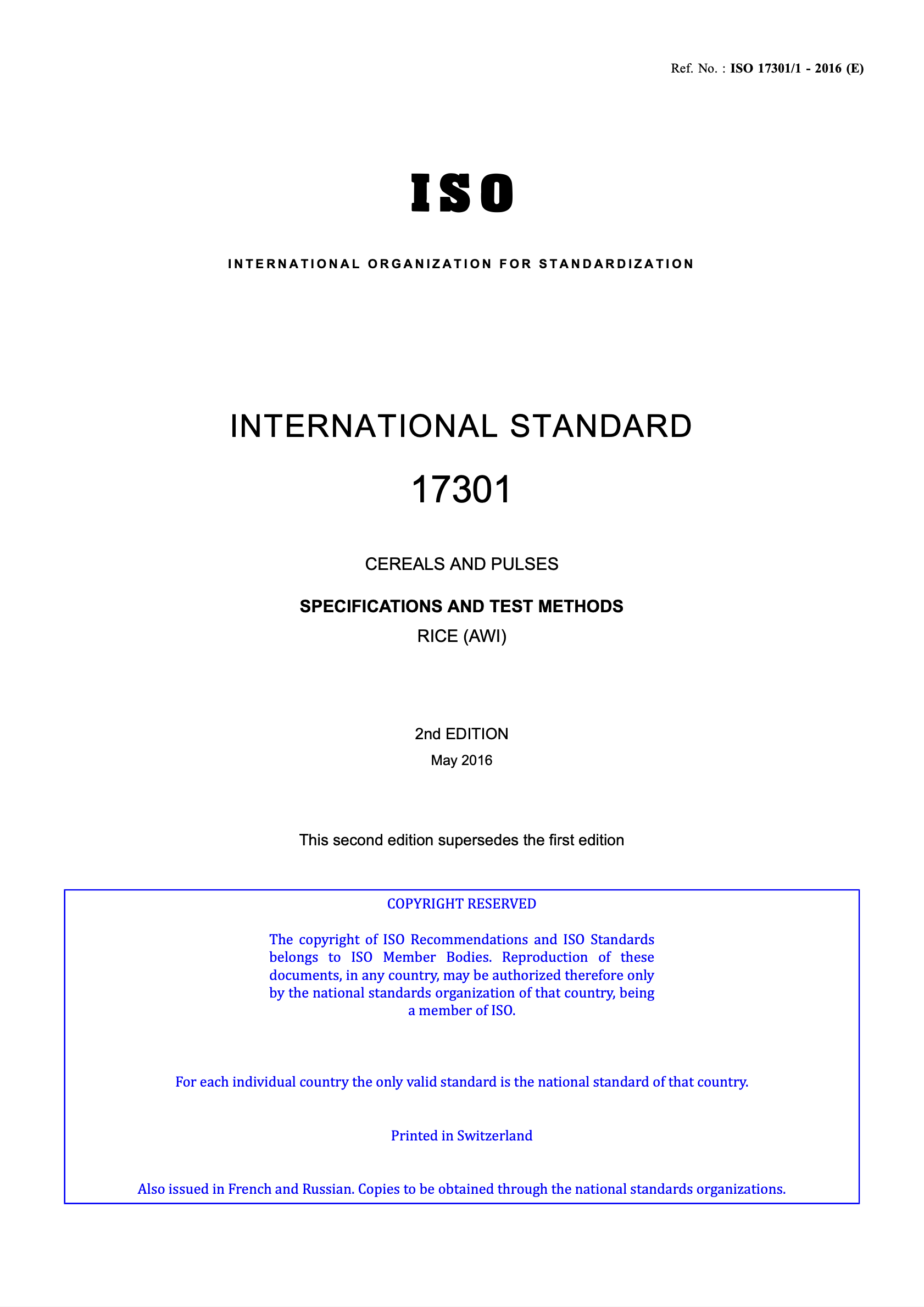Support for historical ISO versions
Introduction
Metanorma is mostly used to prepare new standards for publication, but it is also starting to be used to format and generate older versions of standards as well, particularly as those standards are integrated with data. In particular we have been working on the ISO-2533 standard (the International Standard Atmosphere, a data-intensive standard published in 1975, with addenda in 1985 and 1997, and with a new version currently in preparation. This work has required us to regenerate the standards as they were originally published, using the same data, and with the look-and-feel ISO documents had at the time, rather than how those documents would be presented now.
This work has motivated us to support older versions of how ISO standards were specified and formatted, so that such regenerated standards do not look anachronistic. There have been several different iterations of document layout for ISO standards over the years:
2024-
(default) The latest document layout as of 2024 (default)
2013-
Document layout used from 2013 to early 2024.
2012-
Document layout used from mid-2012 to 2013. It is equivalent to the
1989layout with a logo change. 1989-
Document layout used from 1989 to mid-2012.
1987-
Document layout used from 1987 to 1989.
1972-
Document layout used from 1972 to 1987.
1951-
Document layout used from 1951 to 1971. The first available published ISO layout.
Metanorma is configured to select the appropriate layout to render a given document in. This is done in two ways:
-
By default, if the
:copyright_year:document attribute is specified for a document, that year is compared to the ranges given above, and the corresponding document layout is applied for the document. (Dates are assumed to apply from January 1 of each year, except for the2012format, which applies from2012-07-01.) -
If the user specifies one of the given years as the
:document-scheme:document attribute, that year’s layout is applied to the document, overriding any layout chosen through the:copyright_year:.
At this time, the document layout is only applied to PDF output: HTML and Word output use the latest output, no matter what the document scheme.



The differences between schemes are mostly a matter of visual presentation, but before 2013, ISO documents allowed Scope, Normative References and Terms and Definitions to be subclauses of an initial General clause, rather than requiring them to be separate clauses at the start of the document body.
Document attributes are mostly the same across the document schemas, with the following exceptions:
-
In
2024, the attribute:semantic-metadata-feedback-link:, which specifies a URL for readers to provide feedback for a specific document, is used to generate a QR code on the cover page of the document PDF. -
From 1994, ISO has used the International Categorization for Standards number to classify documents, and the ICS number appears on document cover pages; it is specified as comma-delimited values of the
:library-ics:document attribute (e.g.:library-ics: 43.040.20,35.220.20-10. Prior to 1994, ISO instead used the Universal Decimal Classification (UDC), and this is supported through the generic:classification:document attribute; values are comma-delimited, and each UDC value must be prefixed withUDC:(e.g.:classification: UDC:663.971/.976:620.1:551.511.12, UDC:535.643.2).
In addition, our support for legacy format of ISO means we now support not only Amendments and Technical Corrigenda
of documents (:doctype: amendment, :doctype: technical-corrigendum), but also Addenda (:doctype: addendum),
which were published by ISO under the 2000s. Addenda are marked up in the same way as Amendments and Technical Corrigenda:
they are updates of documents (whose identifier is given under :updates:), and they have distinct titles,
indicated through :title-addendum-{en,fr}:. For example, the following is how ISO 2533:1975/ADD 1:1985 (Addendum 1 of ISO 2533)
is marked up:
= Standard atmosphere
:docnumber: 2533
:edition: 1
:copyright-year: 1975
:revdate: 1985-02-15
:language: en
:title-main-en: Standard atmosphere
:title-intro-fr: Atmosphère type
:updates: ISO 2533:1975
:has-draft: ISO 2533:1975/DAD 1
:updates-document-type: international-standard
:addendum-number: 1
:doctype: addendum
:docstage: 60
:docsubstage: 60Note the use of has-draft:, which gives the identifier of the pre-publication version of the addendum
(ISO 2533:1975/DAD 1: Draft Addendum 1)
And this is how ISO 2533:1975/ADD 2:1997 is marked up:
= Standard atmosphere
:docnumber: 2533
:edition: 1
:copyright-year: 1985
:revdate: 1997-11-01
:language: en
:title-main-en: Standard atmosphere
:title-main-fr: Atmosphère type
:title-main-ru: Стандартная атмосфера
:title-addendum-en: Extension to -- 5000 m and standard atmosphere as a function of altitude in feet
:title-addendum-fr: Extension à -- 5000 m, et atmosphère type en fonction de l'altitude, en feet
:title-addendum-ru: Расширени до -- 5000 м и стандартная атмосфера в функции от высоты в футах
:updates: ISO 2533:1975
:updates-document-type: international-standard
:addendum-number: 2
:doctype: addendum
:docstage: 60
:docsubstage: 60Addendum 2 does not give a pre-publication version identifier, but it does provide a title of the addendum specifically.